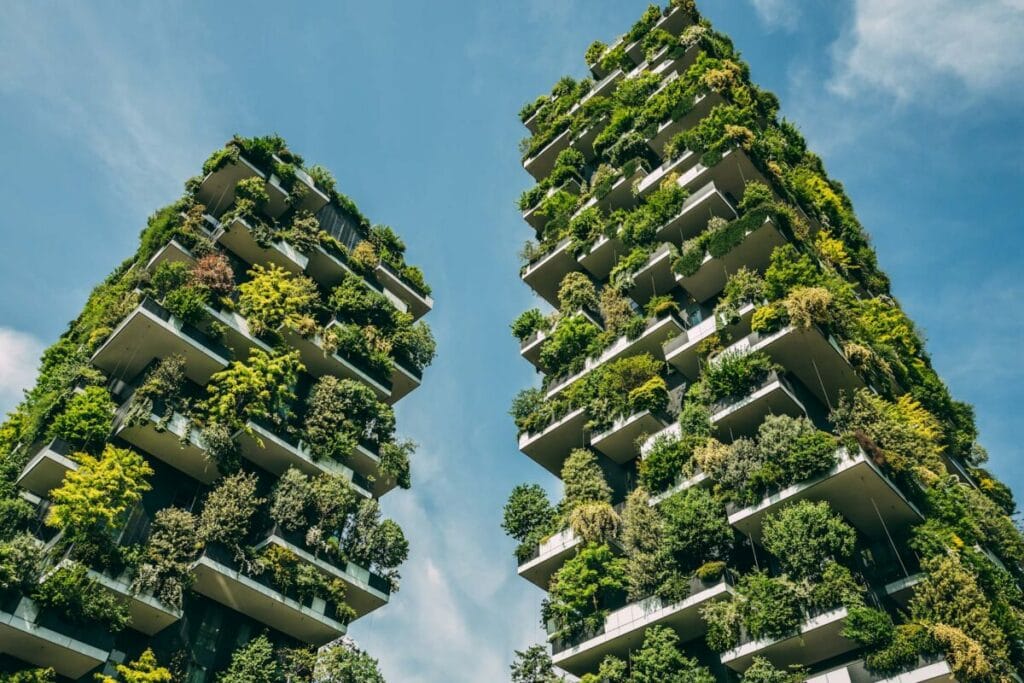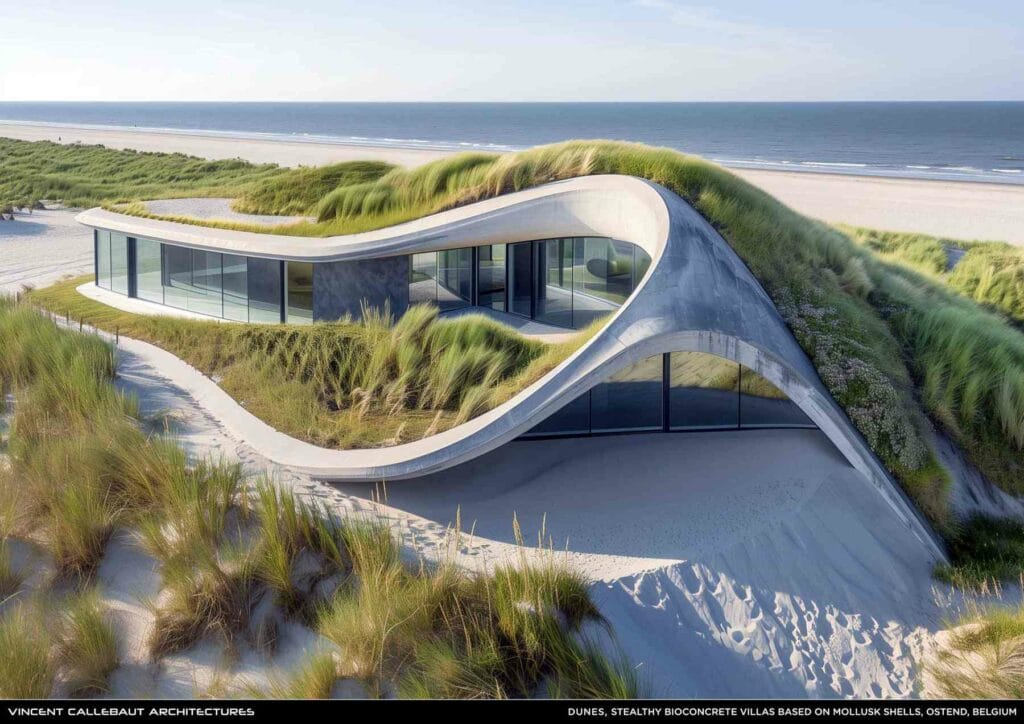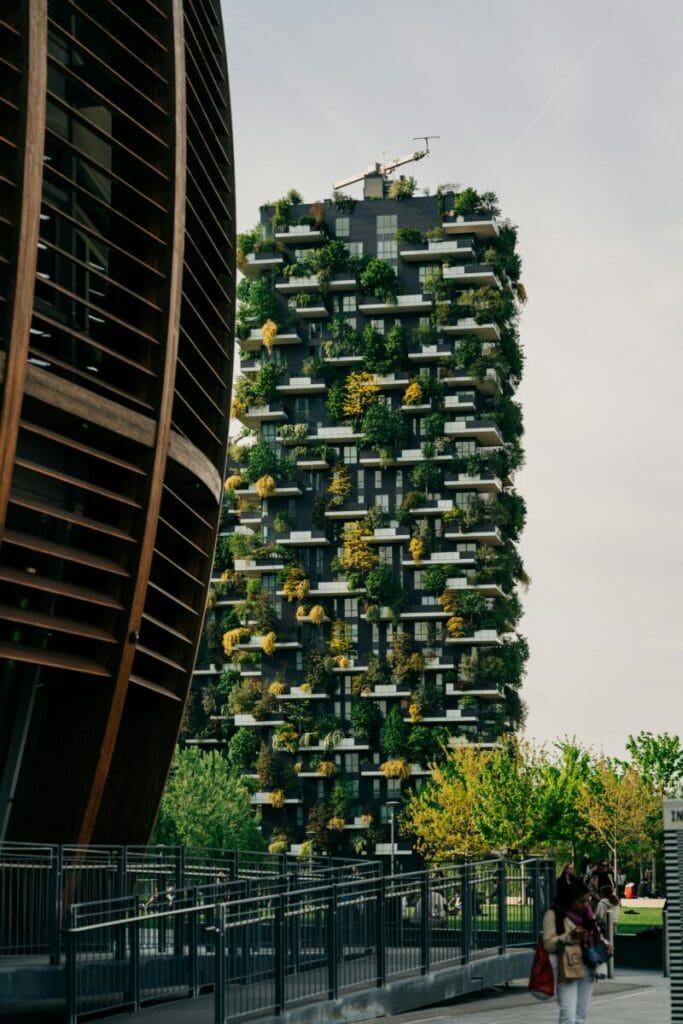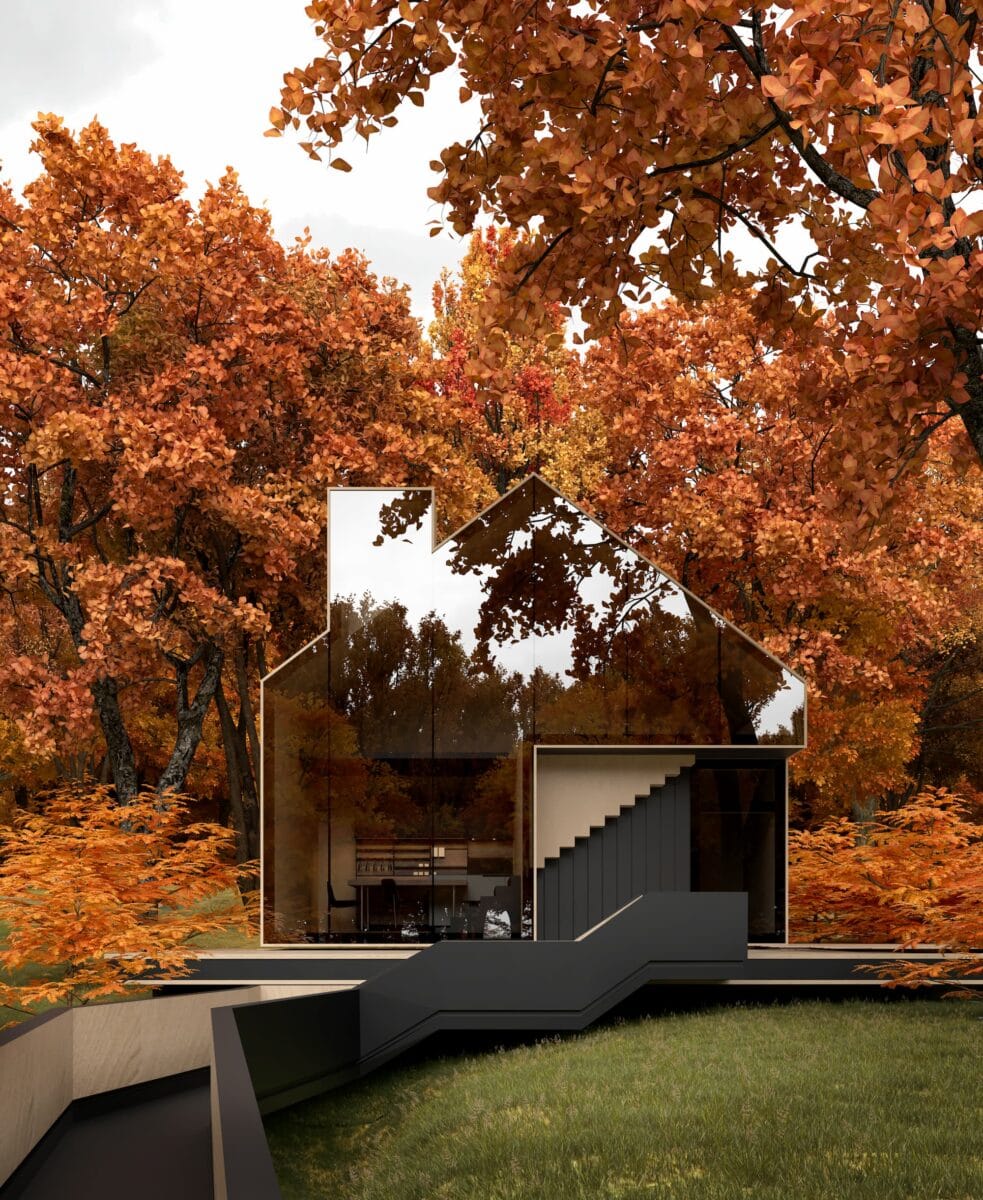In a world where urbanization distances us from our natural roots, a silent revolution is transforming contemporary living. Biophilic architecture in the luxury segment no longer settles for looking at nature through the window: it invites it to cross the threshold, to inhabit our walls, to breathe with us.
Where Art Deco celebrated industrial geometry and Scandinavian minimalism advocated purity, biophilic architecture proposes a profound reconciliation with our primal essence. Born in the 1980s under the impetus of biologist Edward O. Wilson, this architectural philosophy has found its credentials in exceptional contemporary residences.
From Singapore to New York, from London to Sydney, the greatest architects are reinventing luxury living by weaving organic connections between humans and their natural environment. This approach responds to a growing existential need: rediscovering a lost balance in our ultra-urban lives.
Historical & Cultural Context: The Roots of a Green Revolution
The emergence of biophilic architecture is part of the environmental awareness movement of the 1980s-1990s. Edward O. Wilson’s biophilia theory – this innate human affinity for living things – finds particular resonance with a new generation of wealthy clientele concerned with environmental responsibility.
Tech fortunes, green entrepreneurs, and conscious heirs are redefining luxury codes. They demand authenticity, sustainability, and harmony with nature. Technological innovation accompanies this movement: smart home systems, natural climate control, and bio-based materials allow the integration of living elements without compromising sophistication and comfort.
Environmental certifications (LEED, BREEAM, HQE) legitimize this approach. Biophilic architecture becomes a marker of social distinction as much as an ethical commitment.

Aesthetic Characteristics: When Nature Dictates Its Codes
Biophilic architecture is distinguished by an organic aesthetic borrowing its codes from the living world. Straight lines give way to fluid curves inspired by natural meanders. Complex geometric forms reproduce natural fractals: facades inspired by cellular organization, staircases following the nautilus spiral.
This approach revolutionizes traditional codes of organic design, favoring earthy and vegetal tones. Warm ochres, deep greens, rich browns evolve according to natural light. Raw materials reveal their nuances: wood aging gracefully, stone patinating elegantly. Decorative motifs draw directly from nature: leaf veins, bark textures, shadow play reminiscent of the canopy.
Water becomes a central decorative element. Wall cascades, interior pools, streams on glass surfaces transform the habitat into a soothing aquatic ecosystem.

https://young-projects.com/
Creators & Key Figures: Masters of Architectural Symbiosis
Thomas Heatherwick: The Living Alchemist
This British designer revolutionizes the traditional approach by creating structures that seem to grow from the ground. His philosophy? Erasing the boundary between natural and artificial. His buildings breathe, evolve, interact biologically with their environment.
Stefano Boeri: The Visionary of Vertical Forests
The Italian architect revolutionizes urbanism with his “Bosco Verticale”: urban towers transformed into vertical ecosystems. His balcony-gardens become true suspended biotopes, each floor constituting a different forest level.

Tadao Ando: The Master of Contemplation
The Japanese master embodies a contemplative approach, creating subtle dialogues between raw concrete and wild nature. Unlike the monolithic giants of architectural brutalism, his light wells, wall slits, and serpentine water courses amplify the surrounding natural presence.
Vincent Callebaut: The Ecological Futurist
The Belgian architect pushes biophilic architecture toward its avant-garde limits. His visionary projects imagine autonomous habitats where technology and nature merge completely.

Architecture: Contemporary Temples of Nature
The Bosco Verticale Towers of Milan
These twin towers by Stefano Boeri house more than 900 trees and 20,000 plants across 8,900 m² of vegetated terraces. Each apartment benefits from a personalized suspended garden. Spectacular impact: 30% reduction in noise pollution, temperature drop, production of 1,600 tons of oxygen annually.

The Vegetal Penthouse of New York
This 500 m² penthouse by Thomas Heatherwick transforms an Art Deco terrace into a suspended oasis. Over 200 plant species, integrated beehives, permaculture garden on the 47th floor. The interior extends this philosophy: vegetated walls, natural purification pools, reclaimed materials.
Furniture & Representative Objects: The Art of Biophilic Living
Ron Arad’s Creations
His “Big Easy” armchairs in rotomolded polyethylene embrace the body’s natural curves. Fluid forms evoking oceanic pebbles or protective cocoons. Price: 8,000 to 25,000 euros depending on finish.
Patrick Jouin’s Lighting
3D-printed creations reproducing coral fractal structures. Organic light diffusion evoking forest canopy. Bio-based resin, 3,000 to 15,000 euros.

Patrick Blanc’s Vertical Gardens
Visionary botanist and pioneer of vertical vegetation, Patrick Blanc has revolutionized the art of gardening by creating vegetated walls that liberate plants from their traditional terrestrial anchorage. His revolutionary system uses a sophisticated multi-layer textile support that completely replaces soil, allowing roots to develop freely in a continuously irrigated horticultural felt structure. These exceptional vertical ecosystems evolve naturally with the seasons, creating living paintings in perpetual metamorphosis that purify air and regulate ambient humidity. Investment for these high-end installations ranges from 800 to 1,500 euros per square meter, including design, installation, and specialized maintenance by technicians trained in Blanc methods, guaranteeing the sustainability of these urban oases of ever-renewed beauty.
Heritage & Reinterpretations: Continuous Evolution
Biophilic architecture profoundly influences contemporary design. Luxury hotels, premium shopping centers, high-end workspaces adopt its aesthetic codes. Apple Park and Amazon Spheres illustrate this democratization in commercial real estate.
Contemporary reinterpretations explore artificial intelligence to model complex ecosystems, optimizing plant growth and human comfort. Connected sensors, adaptive systems: nature becomes digital.
Current Market & Pricing
New purchase: Specialized architects (Stefano Boeri Architetti, Thomas Heatherwick Studio) offer custom residences from 5 to 50 million euros. New certified apartments: 15,000 to 25,000 euros/m² in European capitals.
Second-hand market: Emerging market via Christie’s International Real Estate, Sotheby’s International Realty. 15-20% capital gains for authentically biophilic properties. Biophilic design furniture: constant appreciation at Phillips, Artcurial.
Conclusion: The Livable Future
High-end biophilic architecture reconciles ancestral luxury with contemporary consciousness. It no longer represents a trend but a fundamental evolution in our relationship to habitat. After domesticating nature, we are finally learning to coexist with it.
This symbiosis heralds the emergence of regenerative architecture: energy-producing habitats, air purifiers, biodiversity creators. Biophilic architecture remains essential because it responds to our deepest need: to inhabit the world poetically, in harmony with the living that surrounds and constitutes us.

Architecte d’intérieur et chef de projet indépendant, j’allie expertise technique et sensibilité esthétique. Des travaux de structure aux finitions, j’ai développé une connaissance approfondie des matériaux, que je partage à travers l’écriture pour transmettre ma passion du design et de l’architecture

